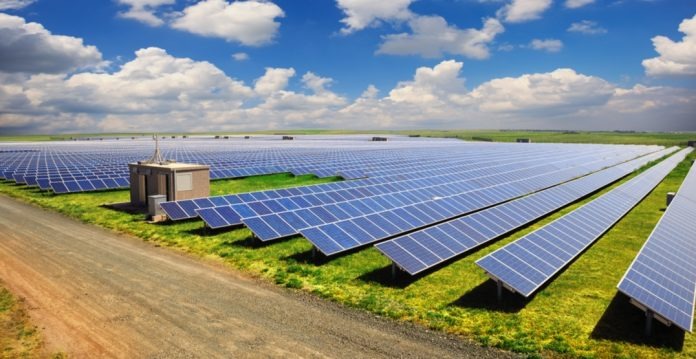In a move to bolster agricultural production and reduce the burden on the national power grid, Zimbabwe’s Minister of Energy and Power Development, Edgar Moyo, announced the allocation of additional megawatts to support the country’s winter wheat crop.
This measure is part of a broader strategy to balance the nation’s energy needs amid increasing demand.
“In the immediate term and specifically to agriculture, we have already set aside for the winter wheat crop, initially 100 megawatts. It was ringfenced for that purpose. However, with the demand for power and irrigation increasing as the crop was growing, we further gave them 50 megawatts, in addition and making ringfenced power to 150 megawatts,” Moyo told Parliament recently
This targeted approach aims to ensure that the agricultural sector, particularly wheat farming, has a reliable power supply for irrigation.
Beyond agriculture, the government is also urging the mining sector, a significant consumer of electricity, to move towards self-sufficiency in power generation.
“Twenty percent of our power is going to the mining sector, specifically the Ferrochrome. We have asked them to do their own generation plants, which timeframe, we have given up to the end of 2025.” Moyo said
He highlighted that many mining companies are already transitioning to renewable energy sources, particularly solar power.
This shift not only aims to reduce the sector’s reliance on the national grid but also aligns with global trends toward sustainable energy practices.
“We are also not just banking on releasing power from the mining sector. We are also working on a solution for farmers so that farmers get solar-specific systems for their farms. Negotiations are going on with different funding partners and opportunities are quite high that we will succeed so that such farmers can then be listed on that program. They can then get the solar system to power their farms,” he said
The push for solar energy in agriculture is expected to bring long-term benefits for farmers, offering a more cost-effective and sustainable power source.
“It is going to help them because it is going to come at a lower cost than they are buying from the current arrangement,” Moyo said



